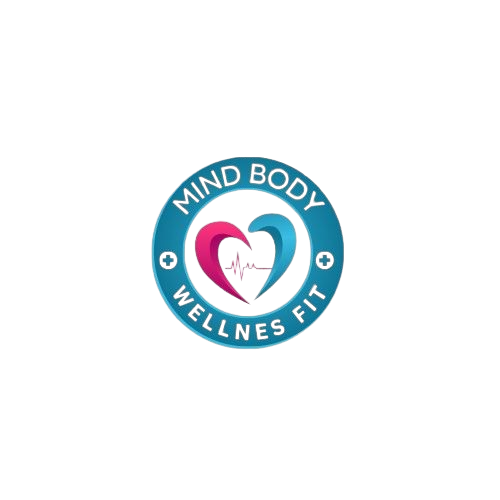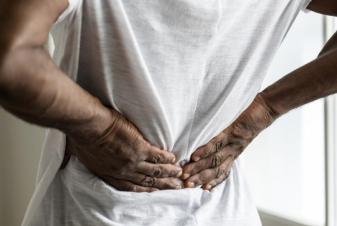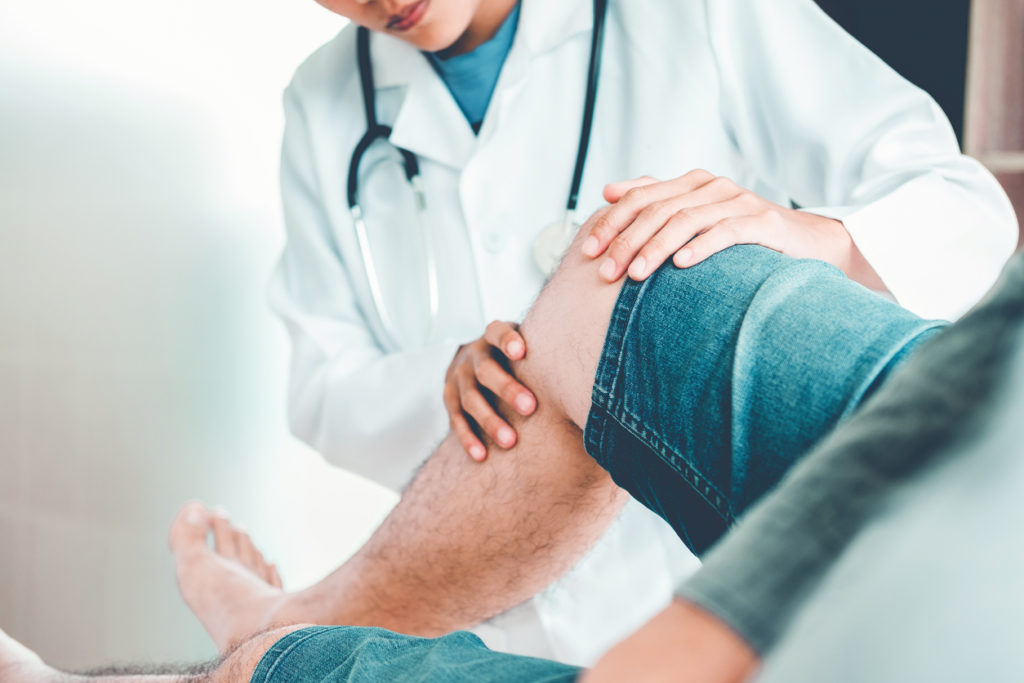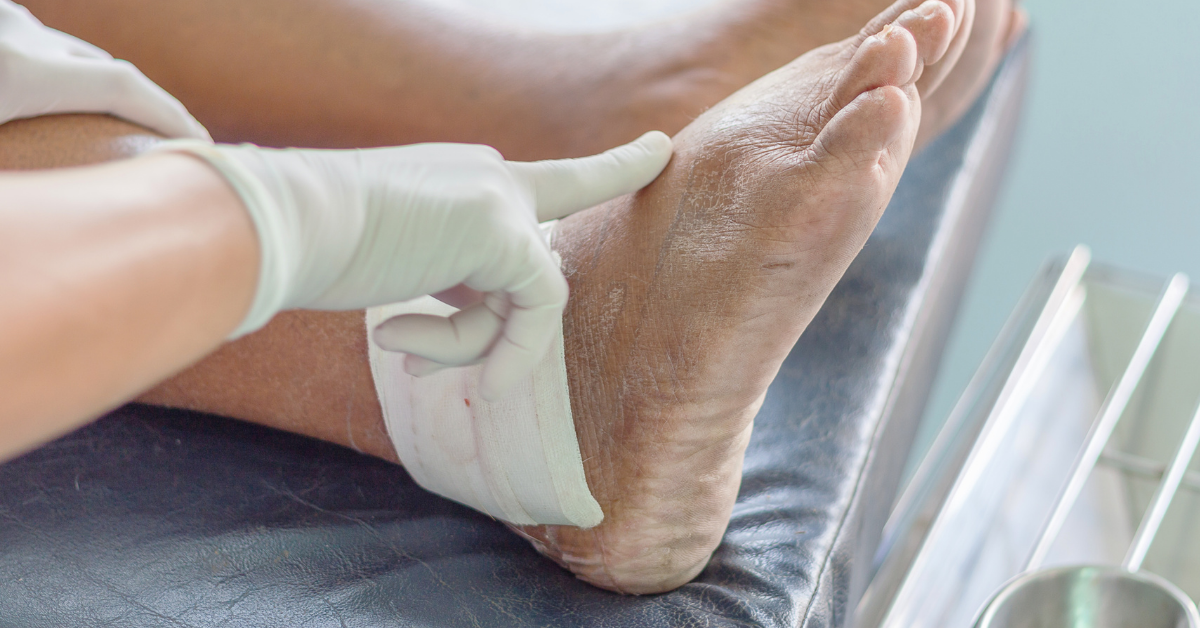Lower back pain is one of the most common health issues affecting millions worldwide. From sudden sharp pains to chronic aches, it can disrupt your daily activities and well-being. Whether you’re dealing with a recent injury or a long-standing issue, understanding the causes, symptoms, and treatment options is key to finding relief. In this comprehensive guide, we’ll explore the various aspects of lower back pain treatment, providing you with actionable insights and solutions.
Understanding Lower Back Pain
Lower back pain can arise from a variety of causes. Muscle strain, poor posture, and injuries from accidents are some of the most common culprits. Conditions like degenerative disc disease, where the spinal discs lose their cushioning, or a herniated disc, where the discs bulge and press on nerves, can also lead to severe pain.
Back pain often results from a mechanical disruption in how the components of your back (spine, muscles, discs, and nerves) work together. Sciatica is another common condition where pressure on the sciatic nerve causes pain radiating from the lower back to the legs.
Symptoms of Lower Back Pain
Back pain can manifest in various forms. Acute low back pain usually starts suddenly and may be accompanied by sharp, shooting sensations, especially after lifting heavy objects or engaging in strenuous activity. Chronic pain, however, persists for 12 weeks or more, potentially leading to a dull, constant ache that can affect your ability to sleep, walk, or work.
Symptoms can range from a mild, aching discomfort to intense, incapacitating pain. Some individuals experience spasms, numbness, or tingling sensations that radiate down the legs.
Common Conditions Leading to Lower Back Pain
Several conditions can cause or exacerbate Lower Back Pain Treatment:
- Sciatica: A condition where the sciatic nerve, which runs from your lower back down your legs, is irritated. It leads to sharp, shooting pain that radiates down the leg.
- Herniated Disc: When a disc in the spine bulges or ruptures, it can press on the spinal nerves, causing intense pain, numbness, or weakness.
- Spondylolysis and Spondylolisthesis: These conditions involve stress fractures and misalignment of the vertebrae, leading to pain and discomfort in the lower back.
It’s important to consult a healthcare provider for an accurate diagnosis and treatment plan tailored to your specific condition.
Diagnosing Lower Back Pain
A proper diagnosis is essential for effective treatment. Healthcare providers use physical exams, medical history reviews, and diagnostic imaging (such as X-rays or MRIs) to identify the underlying cause of your back pain.
While most back pain is mechanical in nature, it’s important to rule out any serious conditions like infections or tumors. If your pain persists for more than a few weeks or worsens over time, consult a specialist to determine the exact cause.
Lower Back Pain Treatment Options
Non-Surgical Treatments: For most people with acute low back pain, non-surgical treatments are sufficient. Some of the most effective methods include:
- Rest and Heat/Ice Therapy: Apply an ice pack to reduce inflammation and heat to relax the muscles.
- Physical Therapy and Exercises: Specific exercises can strengthen your back and core muscles, improving flexibility and reducing pain.
- Medications: Over-the-counter pain relievers like ibuprofen or acetaminophen are commonly recommended to relieve discomfort. In some cases, muscle relaxants or prescription pain medication may be necessary.
Surgical Treatments: If non-invasive treatments don’t provide relief, surgery may be considered for more severe cases like a herniated disc or significant spinal issues. Common surgical procedures include spinal fusion or disc replacement.
Alternative and Complementary Therapies
In addition to traditional treatments, several alternative therapies may provide relief for chronic back pain:
- Chiropractic Care: Spinal adjustments by a licensed chiropractor can help realign the spine and improve mobility.
- Acupuncture: This traditional Chinese medicine practice involves inserting thin needles into specific points on the body, which may help reduce pain and inflammation.
- Massage Therapy: Therapeutic massage can alleviate muscle tension, improve circulation, and promote relaxation.
Lifestyle Modifications for Preventing Back Pain
Preventing lower back pain is just as important as treatment. Here are some tips to maintain a healthy back:
- Posture Correction: Ensure that your sitting and standing posture supports your spine’s natural curve.
- Ergonomics: Invest in ergonomic furniture and accessories, especially if you spend long hours sitting at a desk.
- Weight Management: Excess weight puts added pressure on the spine, leading to potential back pain. Maintaining a healthy weight can prevent strain on your back muscles.
Chronic vs Acute Back Pain
It’s important to distinguish between acute and chronic back pain. Acute pain typically lasts a few days to a few weeks and is often related to an injury or strain. Chronic back pain, on the other hand, persists for 12 weeks or longer, often requiring more comprehensive treatment strategies.
If you experience ongoing pain that doesn’t improve, it’s important to seek a professional evaluation.
When to Seek Professional Help
While mild back pain can often be managed with home care, you should seek professional help if:
- The pain doesn’t improve after a few weeks.
- You experience numbness, tingling, or weakness in your legs.
- You have difficulty standing or walking.
- You experience bowel or bladder issues.
Consult a healthcare provider to develop a treatment plan tailored to your needs.
Takeaway
Lower back pain is a widespread issue that can be managed with the right combination of treatment strategies. From non-surgical treatments like physical therapy and medications to alternative therapies like chiropractic care, there are plenty of options for relief.
If your pain persists or worsens, don’t hesitate to seek professional guidance. Understanding your condition and acting early can prevent further complications and lead to a quicker recovery.






